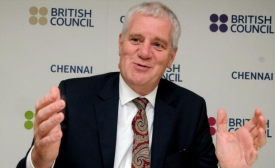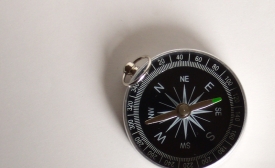Cultural Diplomacy

The USC Center on Public Diplomacy was pleased to welcome Martin Davidson, CEO of the British Council, the UK’s cultural relations organization to discuss international cultural relations in the 21st Century.

Sherine B. Walton, Editor-in-Chief
Naomi Leight, Managing Editor
Sarah Myers, Associate Editor
Kia Hays, Associate Editor
Unsuspectingly, Sunday night's Academy Awards turned into a kind of prism of global politics as Oscars were given out to Iranian and Pakistani films as well as to a film produced by a French director with French actors financed with French subsidies.
Ihsanoglu stated that Islamophobia is a contemporary manifestation of racism. He assured that combating Islamophobia as well as vilification of all religions and denigration of symbols and personalities sacred to all religions is a matter of priority at the OIC. He urged the HRC to an urgent initiative of ‘preventive cultural diplomacy’.
Richard Nixon had his “ping-pong diplomacy” with China. Maybe it’s time for Barack Obama to try a little “Oscar diplomacy” with Iran...Who knows? If a process of change can begin with a ping-pong paddle, maybe it can also begin with a golden statuette.
Taiwan and Japan plan to launch a joint rail tourism campaign next month as part of expanding links between the two countries since a massive earthquake struck Japan in March last year. In the campaign, dubbed “sister trains,” Taiwan’s CK124 steam engine and a similar Japanese train will be used to promote railway travel in both countries.







